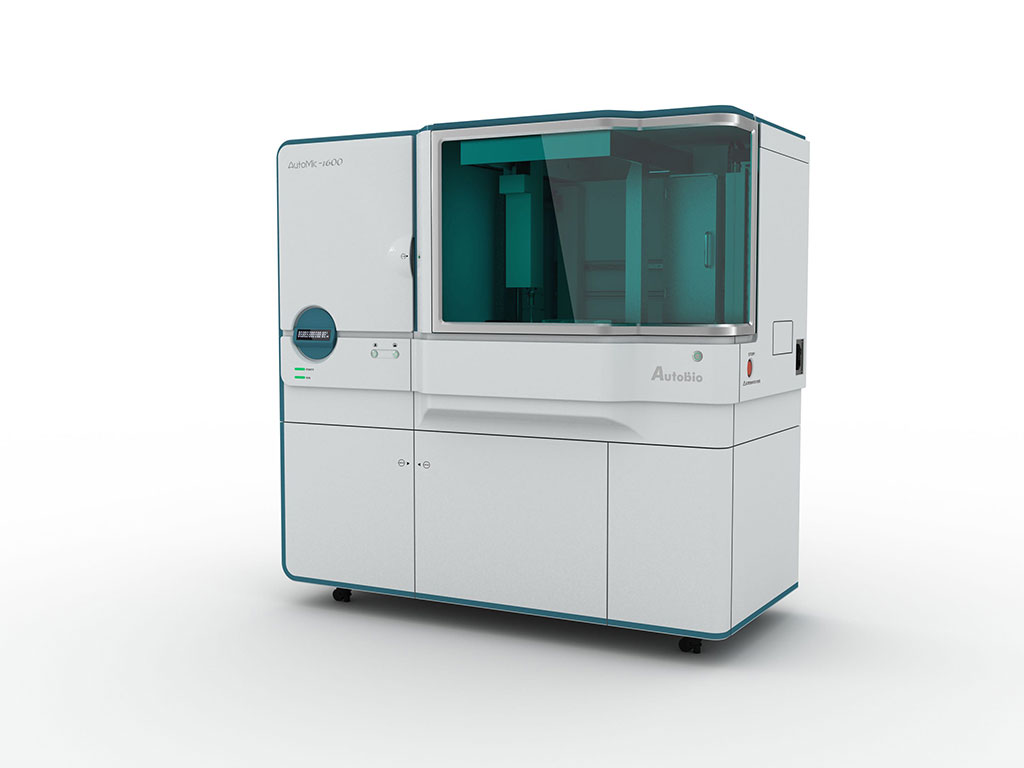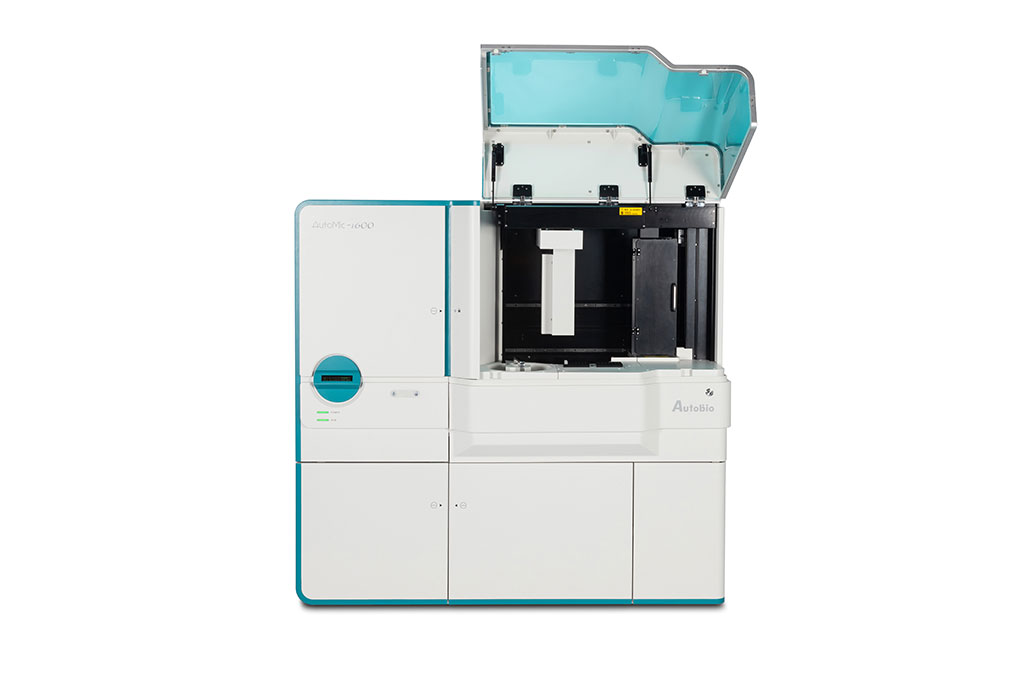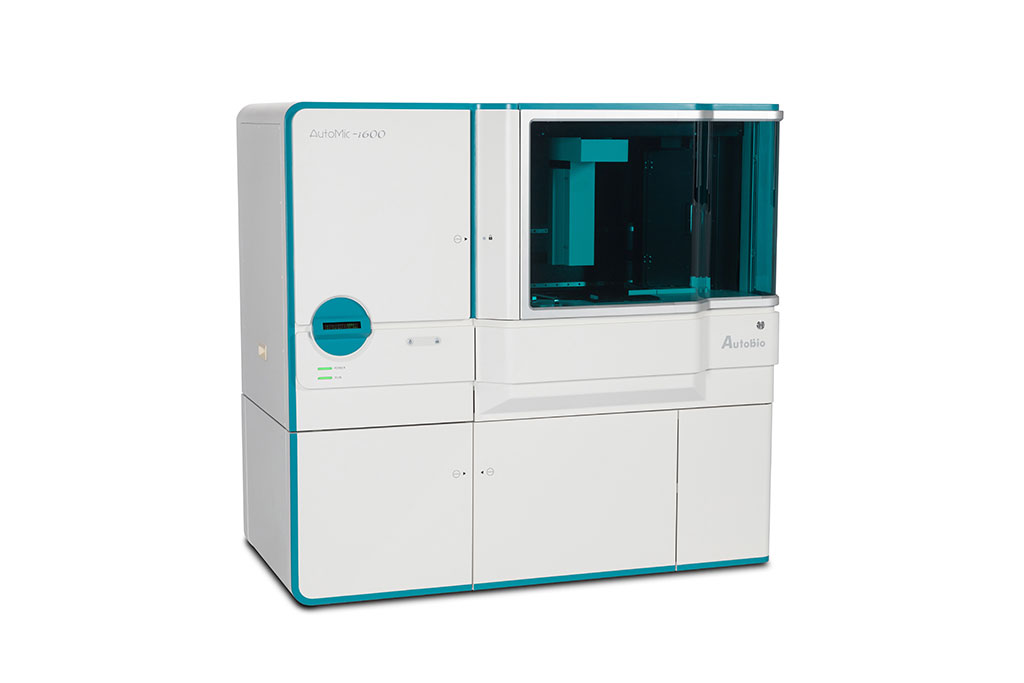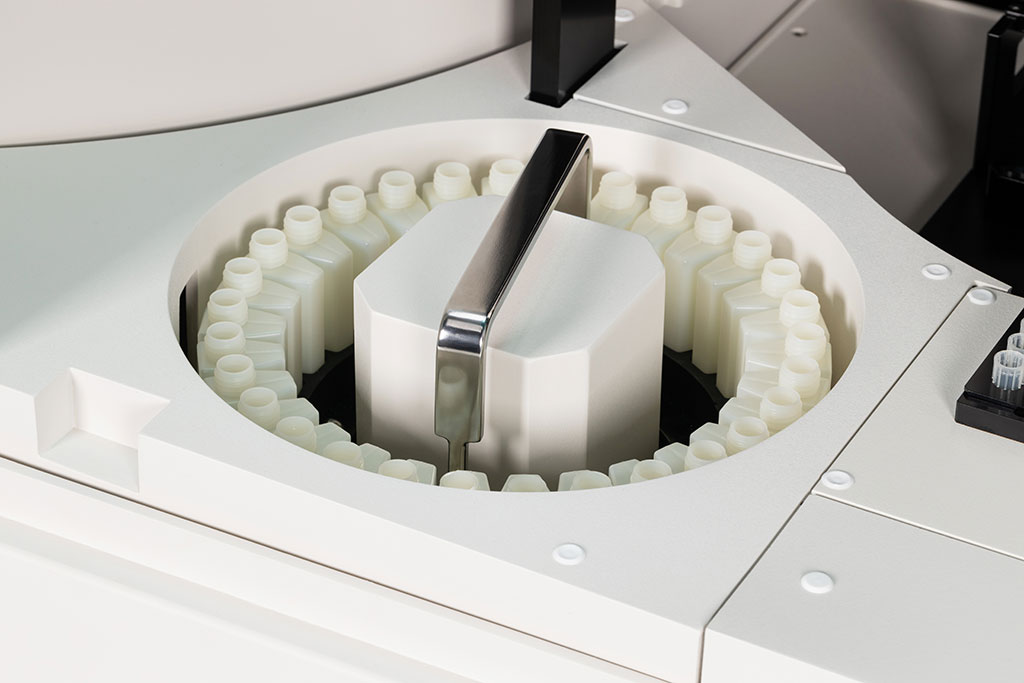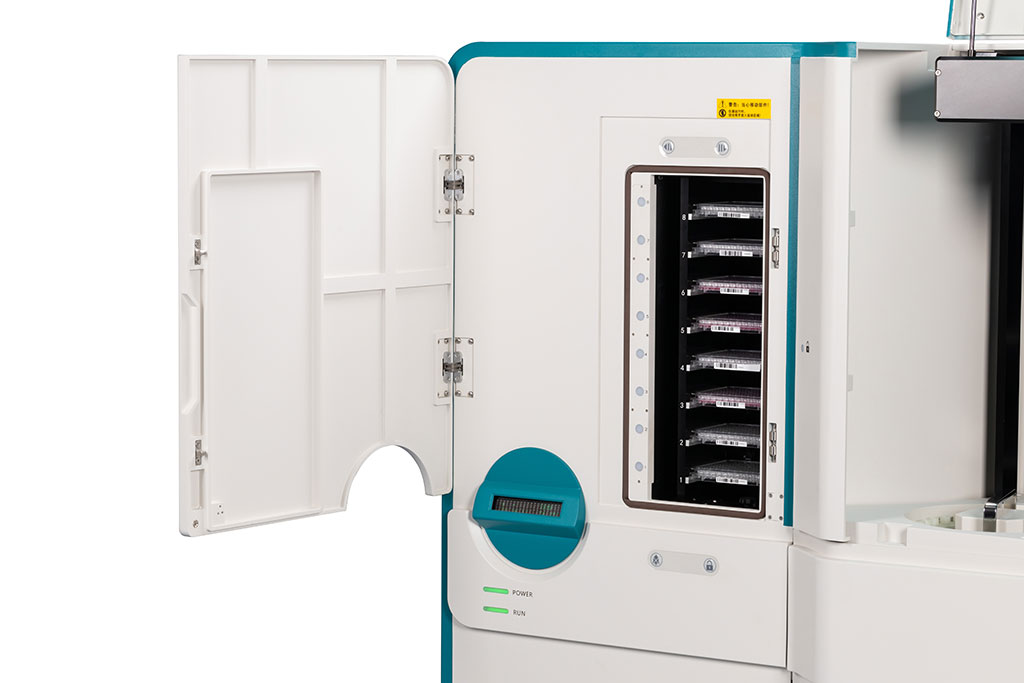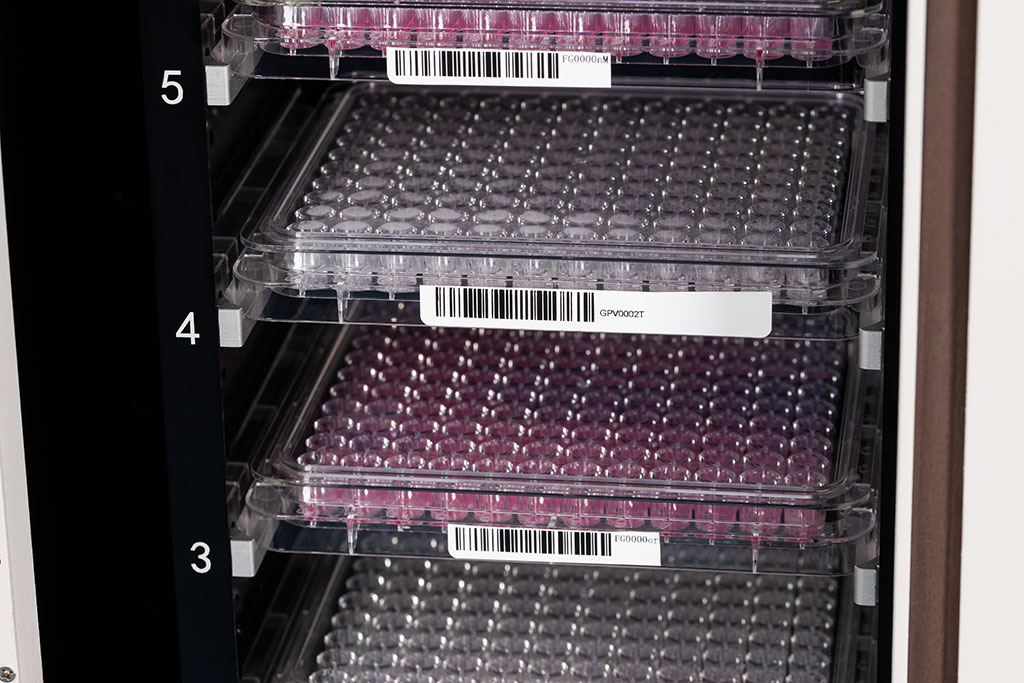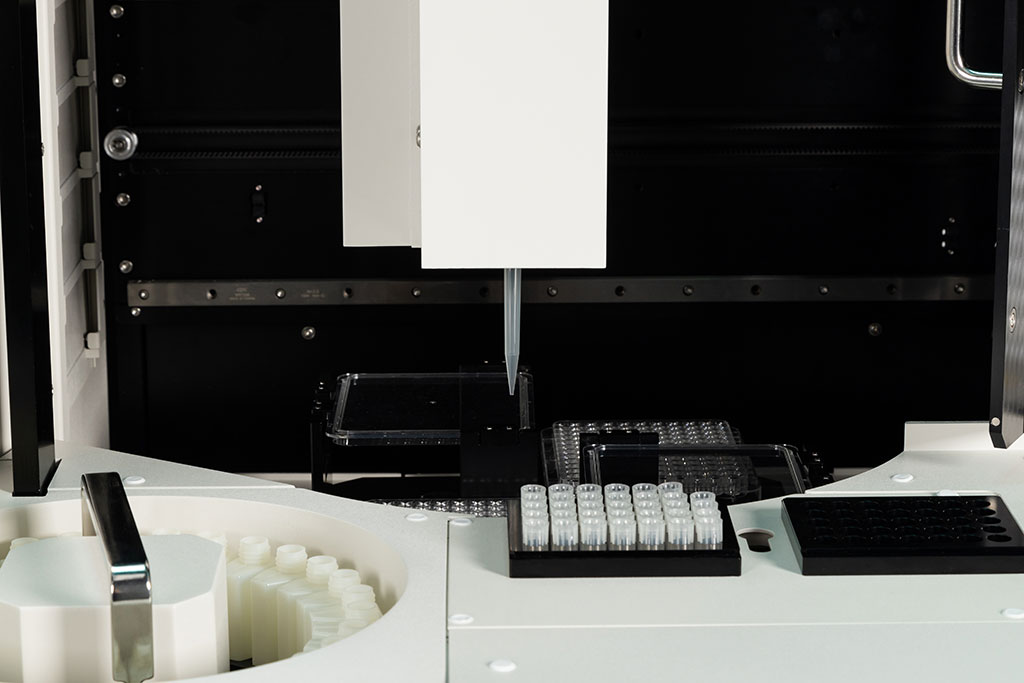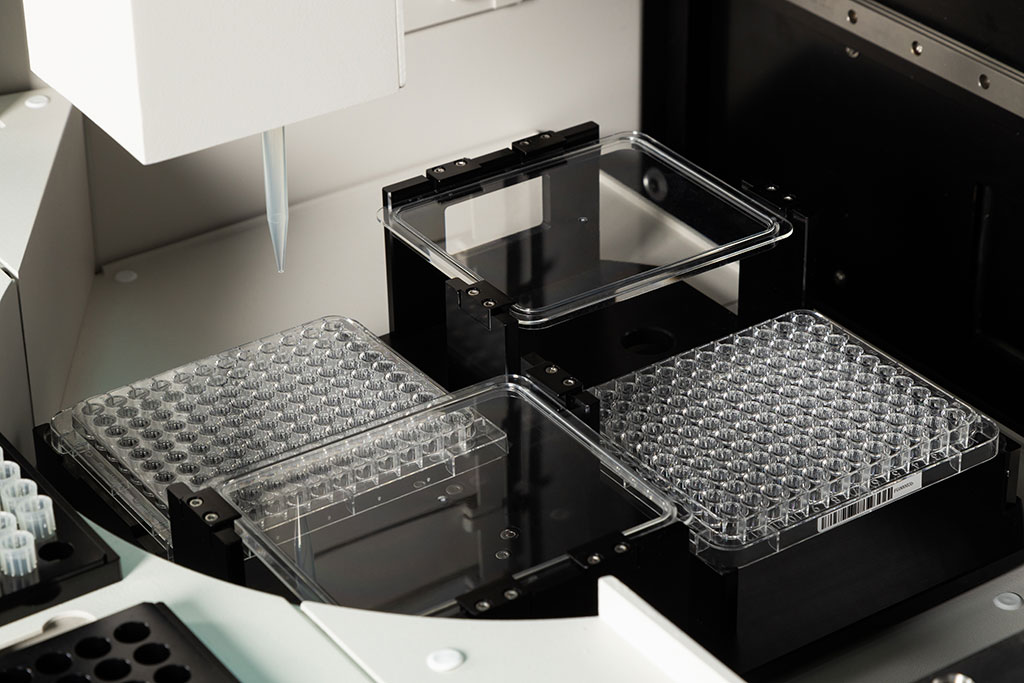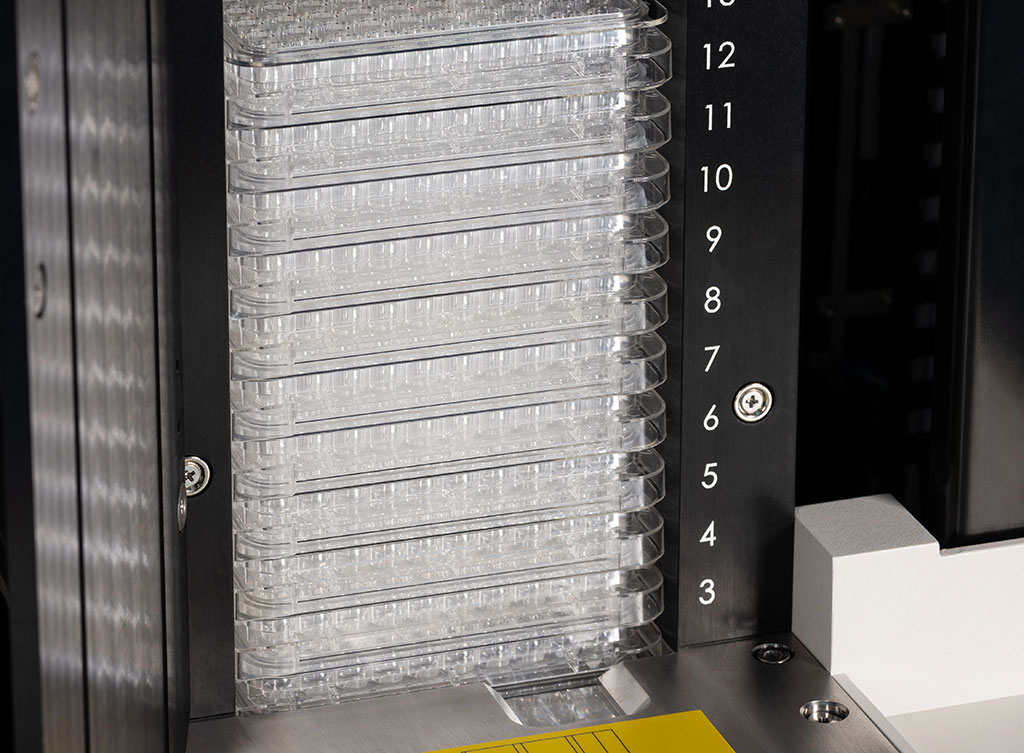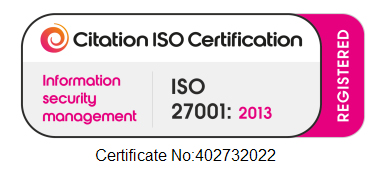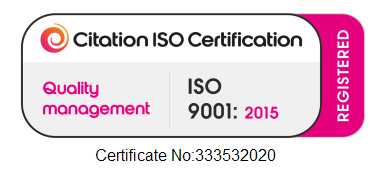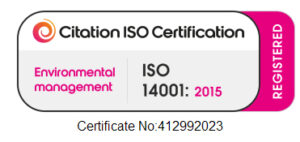AutoMic i600
Automated microorganism identification and antimicrobial susceptibility testing analyzer AutoMic-i600 can quickly and accurately identify microorganisms by biochemical and detect antibiotic sensitivity in vitro.
In the identification part of this product, the identification results of the bacteria were determined by comparing with the database about biochemical reaction, such as carbon source utilization, enzyme activity and antibiotic resistance of the bacteria.
The design of random placement of cards , the two-way intelligent identification and matching of cards and specimens.
Stable X, Y, Z axis structure and incubation tower design, automatically complete sample addition, incubation, and result interpretation.
64 cards incubation position, to meet the testing needs of all levels of users.
2 methods(Colorimetric,turbidimetric)determination, continuous automated regular interpretation, and AI intelligent algorithm model make the results are more accurate.
Report templates to meet diverse needs.
Two-way identification, full barcode paperless management, accurate traceability.
The strain library, database and expert system jointly constructed by multiple centers, meet the needs of identification.
An expert system based on the latest versions of CLSI and EUCAST files, providing continuous upgrade services, authoritative and reliable interpretation of results.
Automatic correction of the sensitivity interpretation of natural and forced resistance, including ESBLS, CRE, MRSA, VRE, PRSP, high levels of aminoglycosin resistance and clindamycin induced resistance
NO.
Card Name
Number of antibiotics
Range of Application
Advantage
1
Gram-positive, GP
20
Staphylococcus, Enterococcus, Bacillus
20 MIC test + Horizontal streptomycin resistance test, clindamycin induced resistance test, high level gentamicin resistance test.
Characteristic antimicrobial drugs: Oritavancin, ceftaroline, daptomycin.
2
Enterobacteriaceae, EB
26
Enterobacteria
ESBLs confirmatory test, antibacterial drugs: ceph- alosporin/sulbactam, cephalosporin/avibactam, moxifloxacin, tigecycline.
3
Non-fermenters, NF
22
Pseudomonas, Acinetobacter, Burkholderia cepacian, Stenotrophomonas maltophilia
Featured antibacterial drugs: Ceftazidime/Avibac- tam, Tigecycline, polymyxin B, Piperacillin/tazo- bactam.
4
Streptococcus, ST
19
streptococcus
19 MIC test+ Clindamycin Induced Resistance Test.
5
Fungal, FG
10
Candida,
Cryptococcus and Aspergillus
10-14 concentration gradients, quantitative detec- tion.
Number of antibiotics: 20
Range of Application:
Staphylococcus, Enterococcus, Bacillus
Advantage:
20 MIC test + Horizontal streptomycin resistance test, clindamycin induced resistance test, high level gentamicin resistance test.
Characteristic antimicrobial drugs: Oritavancin, ceftaroline, daptomycin.
Number of antibiotics: 26
Range of Application:
Enterobacteria
Advantage:
ESBLs confirmatory test, antibacterial drugs: ceph- alosporin/sulbactam, cephalosporin/avibactam, moxifloxacin, tigecycline.
Number of antibiotics: 22
Range of Application:
Pseudomonas, Acinetobacter, Burkholderia cepacian, Stenotrophomonas maltophilia
Advantage:
Featured antibacterial drugs: Ceftazidime/Avibac- tam, Tigecycline, polymyxin B, Piperacillin/tazo- bactam.
Number of antibiotics: 19
Range of Application:
streptococcus
Advantage:
19 MIC test+ Clindamycin Induced Resistance Test.
Number of antibiotics: 10
Range of Application:
Candida, Cryptococcus and Aspergillus
Advantage:
10-14 concentration gradients, quantitative detec- tion.
Maximum capacity
64
Sample injection method
Automatic sample addition
Pipetting speed
<3min/120
Pipetting accuracy
50μl±3μl 100μl±3μl 150μl±3μl
Pipetting accuracy
50μl±3μl 100μl±3μl 150μl±3μl
Pipetting repeatability
50μl、100μl、150μl,CV≤3%
Temperature of incubation area
35℃±1.5℃
Monitoring frequency
50μl±3μl 100μl±3μl 150μl±3μl
Wavelength range
400nm~700nm
Light source
LED
Number of filters
MAX 6
64
Automatic sample addition
<3min/120
50μl±3μl 100μl±3μl 150μl±3μl
50μl、100μl、150μl,CV≤3%
35℃±1.5℃
30min
400nm~700nm
LED
MAX 6

